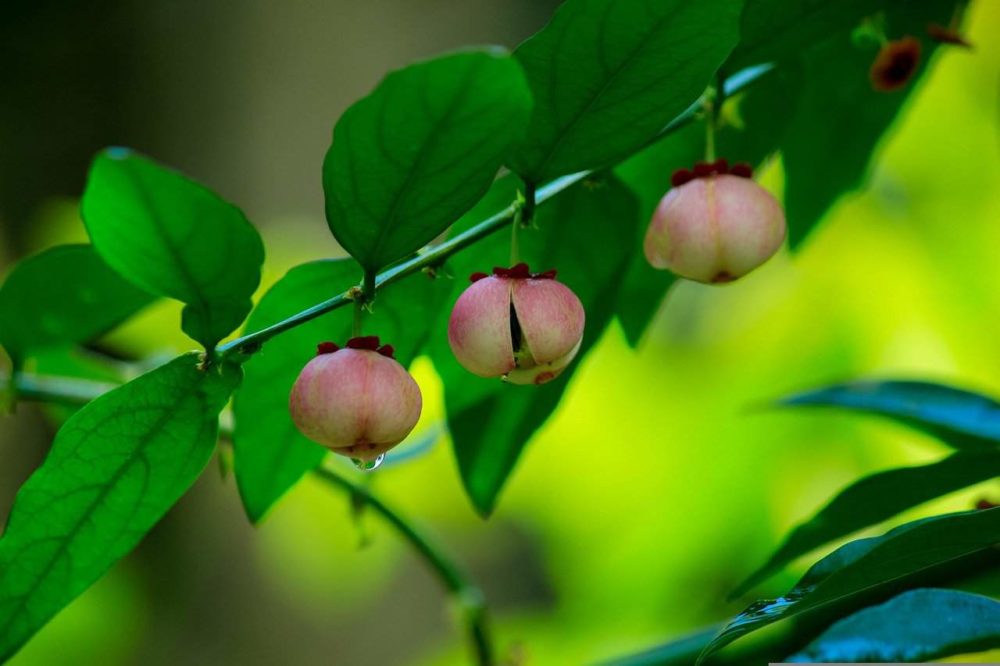The weather in most of Costa Rica will remain much the same for October: more rain and then more rain. For gardeners, the heavy rains represent an added challenge when growing food crops. Torrential rains and high humidity place heavy stress on plants and cause numerous plant ailments. Here are some suggestions to help you continue gardening successfully during these rainy months.
Perhaps the most ecological solution to gardening in the rainy season is to select crops that do well in rainy weather. A number of hardy garden vegetables, as well as shrubs and wild plants, can provide an abundance of food for the table at this time of the year. Squashes, sweet potatoes, cabbage, kale, collards, endive, chives, mustard and New Zealand spinach are my favorite rainy-season food crops.
Perennial bushes can also provide a steady source of leafy greens for salads. The popular hedgerow hibiscus (Hibiscus rosa-sinensis), known as amapola in Spanish, provides nutritious edible leaves and flowers. The hardy Asian perennial bush known as katuk (see photo) also provides a year-round supply of green leaves for salads or can be prepared as a steamed spinach-like dish.
The second best solution for growing food crops now is to try planting leafy green vegetables and tomatoes in pots and recycled containers around the house in sunny areas. Eastern and southern exposures in the home often get plenty of sunlight for growing vegetables. The area directly under the eave of the roof is protected from rain and provides an ideal location for tables on which to grow food crops.

A recycled 5-gallon plastic bucket, with several holes drilled in the bottom and filled with fertile organic compost soil, can serve as an ideal container for growing cherry tomatoes, cucumbers or green peppers. Smaller recycled containers are good for lettuce, cilantro and parsley.
Here’s a trick that rarely fails. When shopping at the market, look for onions that are beginning to sprout. Vendors often will practically give them away. These onion bulbs can be planted in 10- to 15-centimeter-diameter containers, and in one month will provide green onions for salads and other dishes.
The same goes for celery brought home from the market. If you save the base of the plant and plant it in a container, it will root and grow to provide tender green celery shoots. Garlic cloves also can be planted superficially in containers, and will sprout and grow rapidly to provide garlic greens.
Some gardeners opt to build greenhouses and use hydroponic gardening to control the environmental conditions. However, this solution has a price. The cost of the construction materials often makes the vegetables you harvest more expensive than those you buy at the market. The plastic roofing creates a dependency on plastics unfriendly to the environment. Many of the hydroponic designs depend on chemical fertilizers and substrates, such as charcoal, which contribute to more carbon dioxide in the atmosphere and thus global warming.
The healthier option for the family and the planet is to recycle organic waste at home and turn it into valuable organic fertilizer, which can be used to grow your own food. This solves part of the solid waste disposal problem without additional costs to the family.
We need to carefully think out each step on our way back to sustainable and harmonious living. Our love for technology often leads us astray when we try to solve problems or find solutions in our modern world. The idea is to look for solutions that improve quality of life without degrading the environment.






